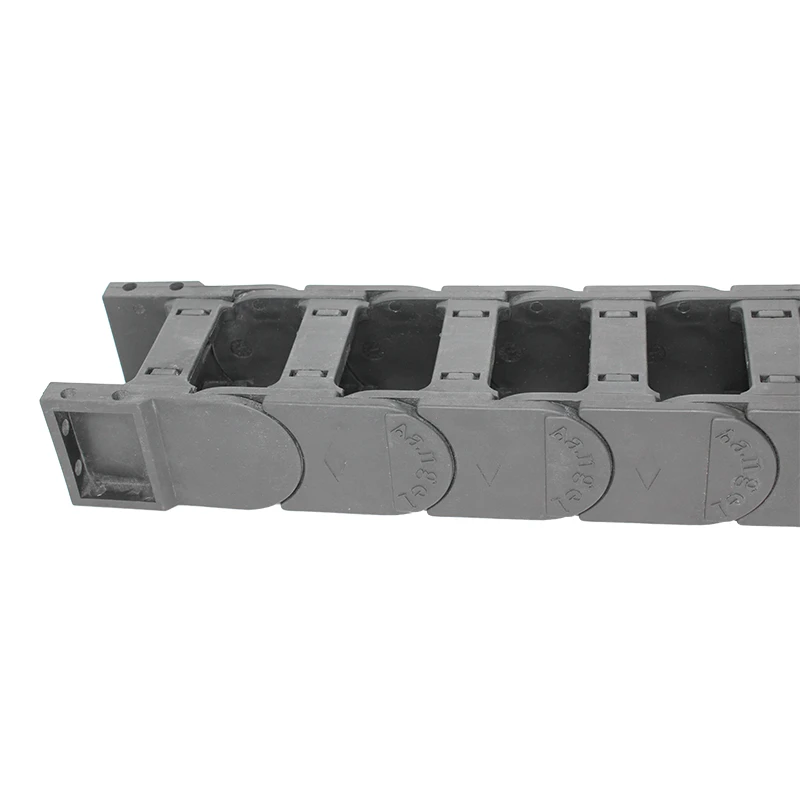Benefits of Using Split Tubing in Cable Management and Protection Solutions
Understanding Split Tubing A Comprehensive Overview
In the realm of industrial and DIY applications, split tubing has emerged as a versatile and essential component. This article delves into what split tubing is, its applications, benefits, and considerations for effective use.
What is Split Tubing?
Split tubing, often referred to as split loom or split wire loom, is a protective covering made from various materials, including polyethylene, nylon, or fiberglass. Its primary characteristic is the longitudinal cut or 'split' along its length, which allows for easy installation and removal over wires, cables, or hoses.
The design of split tubing serves a dual purpose it protects the enclosed elements while also allowing flexibility for routing and organization. It’s commonly available in a variety of sizes and colors, catering to different applications and preferences.
Applications of Split Tubing
1. Electrical Wiring One of the most prevalent uses of split tubing is in the electrical field. It provides insulation and protection against physical abrasion, moisture, and chemical exposure. This is crucial for maintaining the reliability and safety of electrical systems in vehicles, machinery, and home appliances.
2. Automotive Industry Split tubing is widely utilized in automotive applications. It helps organize wiring harnesses, ensuring that wires are neatly bundled together and shielded from heat and friction. This not only enhances the longevity of the wiring but also simplifies repairs and maintenance.
3. Industrial Settings In manufacturing plants and industrial environments, split tubing is used to protect hoses and tubing that transport liquids, gases, or compressed air. The split design allows for easy installation around existing lines without the need for disassembly.
4. DIY Projects Enthusiasts and hobbyists frequently use split tubing in various projects, from electronics to home improvement tasks. Its ease of use makes it a favorite among those who value organization and protection in their setups.
Benefits of Using Split Tubing
split tubing

- Ease of Installation The split design allows users to easily slide the tubing over cables or wires without having to remove connectors or fittings. This saves time and effort, particularly in complex setups.
- Flexibility Split tubing is flexible and can bend around corners and navigate tight spaces. This adaptability is especially beneficial in applications where smooth and unobtrusive routing is essential.
- Durability Made from resilient materials, split tubing can withstand harsh environmental conditions, including exposure to chemicals and extreme temperatures. This durability ensures that the protected elements remain intact and functional.
- Cost-Effective Compared to other protective solutions, split tubing is generally affordable and readily available. Its low cost, combined with the level of protection it offers, makes it a practical choice for both industrial and personal use.
Considerations for Effective Use
While split tubing offers numerous advantages, there are important considerations to keep in mind for optimal usage
- Size Selection It’s crucial to choose the correct size of split tubing to ensure a snug fit around the cables or hoses. A tubing that is too large may not offer adequate protection, while one that is too small can be difficult to install.
- Material Choice Depending on the specific application, the choice of material can significantly impact performance. For example, nylon tubing may be better suited for applications involving physical abrasion, while polyethylene is more effective against moisture.
- Temperature Ratings Ensure that the chosen split tubing can handle the temperature range of the environment in which it will be used. This is particularly important in automotive or industrial applications where heat dissipation is a concern.
Conclusion
In summary, split tubing is an essential tool in the protection and management of wires, cables, and hoses across various industries and applications. Its unique features, combined with the flexibility and durability it offers, make it a valuable asset for both professionals and DIY enthusiasts. By understanding its applications and benefits, users can make informed decisions to enhance the safety and functionality of their projects or industrial processes.








